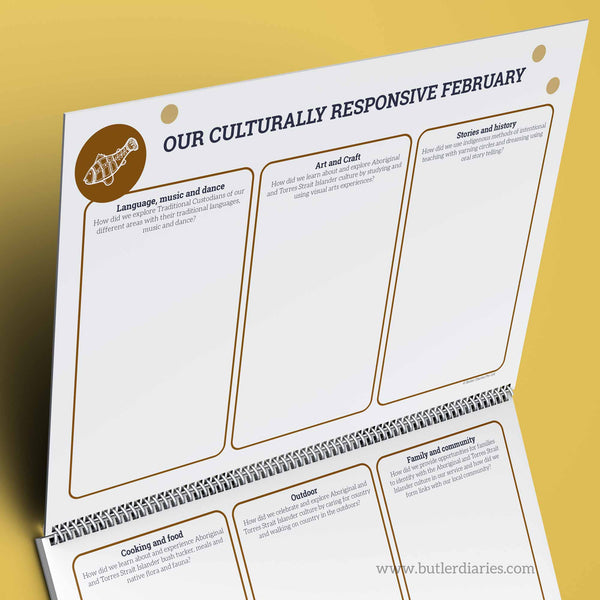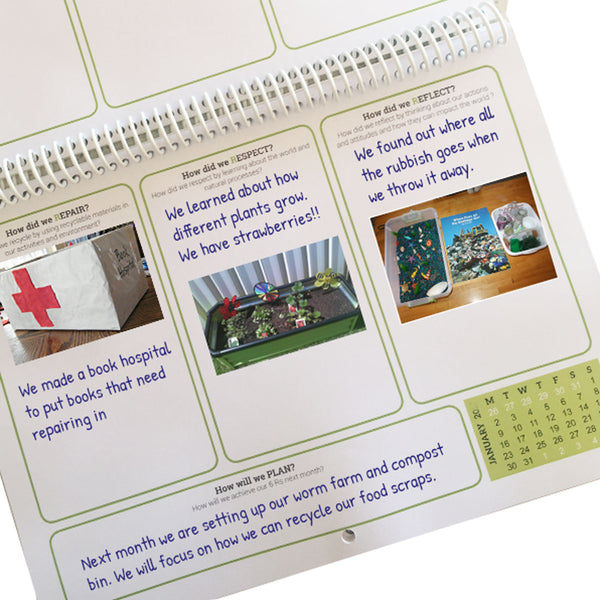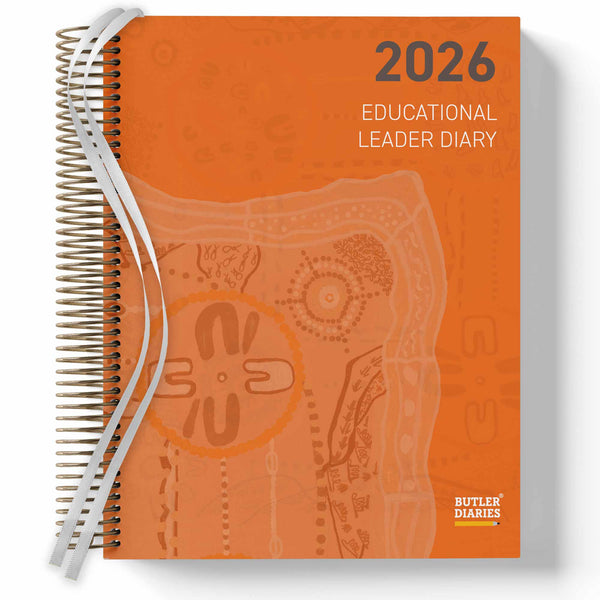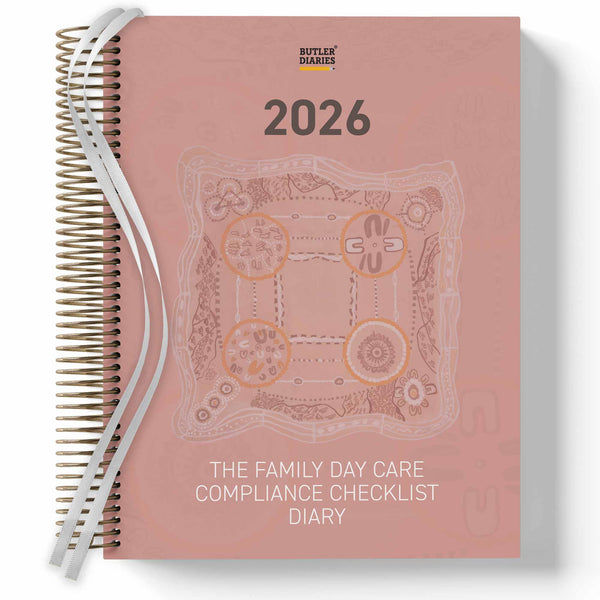The OSHC Diary is a compliance tool for those working in Outside School Hours Care. It captures medical notifications, birthdays and celebrations, children leaving for activities, casual bookings and cancellations, family communication and visitor sign-ins. This means much of your compliance requirements are recorded in the one place and OSHC Educators and Leaders have a daily glance of what's happening inside the service to support supervision, children's inclusion and legal requirements.
How do you use the Record of Staff on Duty Section?
The Record of Staff on Duty section captures two important staff records: staff sign in and sign out and record of responsible person on duty. It is often the case that you will have multiple responsible persons on duty in one day due to shift changes, for example, you may have a person on open shift sign in as responsible person from 6 until 8am, the director as responsible person from 8am until 4pm and then a close staff member from 4pm to 6pm. For before and after school care, you may have a different responsible person rostered for before and after.
To complete the Record of Staff on Duty, record the 'staff name', note whether they are 'BSC', 'ASC', or 'VAC', tick if they are a 'NS', 'RP' or 'FAO', if they are a RP note the start and finish time of their responsibility as RP (not their shift times), 'start time' records the time their shift begins and 'end time' records the time their shift ends. A key is provided in the OSHC Diary to identify the meaning of BSC, ASC, etc. This record now shows each staff member's shift worked as well as the time period they were responsible person for.
What does Assessment and Rating say about the Record of Staff on Duty Section?
An OSHC Coordinator who uses the OSHC Diary shared, "during our R&A they loved it as they could see clearly who was rostered on including the exact times of the Responsible Person on shift etc...which I think this is great feedback coming from the Department of Education Officers that we all know sometimes can be ruthless."
Do you have another question about the OSHC Diary? We'd be more than happy to support you! Simply email us at info@butlerdiaries.com.






























